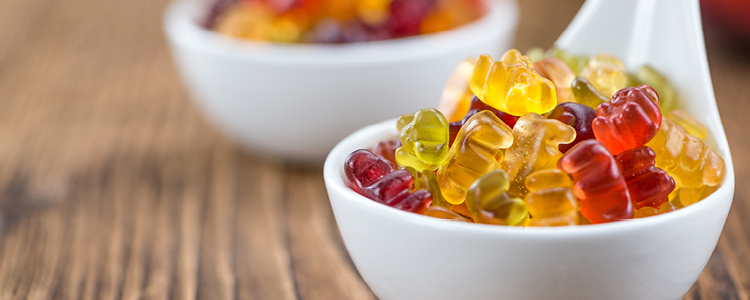


Sign-up for {N}power to get exclusive discounts, newsletters, members-only features, and more!


Let’s be honest: the term “superfood” gets tossed around a lot. Usually it’s some exotic fruit that contains a large amount of vitamin C or a rare phytonutrient that may be able to “cure” disease x, y, or z. While a lot of the talk of superfoods boils down to marketing hype, when trying to truly define the term superfood, I think of a food with an excellent nutritional profile that provides nutrients often missing from the diet and that has the ability to influence many of the foundational aspects of good health, such as physical activity, gut health, and sleep.
One food that meets these criteria, perhaps surprisingly is… gelatin. While it may not photograph as beautifully as blueberries or amla fruit, studies and anecdotal evidence indicate gelatin benefits the body in many ways. Many cultures have recognized the importance of consuming gelatin—traditional cultures were not shy about eating the parts of the animal that are high in collagen, such as skin and tendons, and using bones to produce broths and stocks. When collagen is heated, it is broken down into smaller molecules that gel when they cool, forming gelatin.
Compared to muscle meat, gelatin contains much more of the amino acids proline and glycine. Amino acids are typically described as building blocks that are strung together to create proteins; however, another important role for amino acids is that they serve as communication molecules within the body, modulating immune function or working as neurotransmitters, thereby influencing mood and brain function.

Proline works both as a structural component and a signaling molecule in the body. It is absolutely essential for the synthesis of collagen proteins, which are then used to form strong tendons, ligaments, joints and smooth healthy skin. By consuming collagen or gelatin, you provide your body with the building blocks it needs to build strong joints[fn value=1][/fn] [fn value=2][/fn]. This is confirmed by new exciting research showing that consuming gelatin and vitamin C before exercising significantly increases the body’s ability to create new collagen after exercise—which could dramatically increase the rate of recovery from exercise and support joint health.[fn value=3][/fn] The combination of gelatin and vitamin C is critical, as vitamin C drives several processes required to create new collagen. It should be noted that the body can make its own proline to make new collagen; however, consuming dietary proline has been shown to dramatically increase circulating proline levels and is essential for maintaining optimal proline status[fn value=4][/fn]. Furthermore, proline in combination with the branched chain amino acids (leucine, isoleucine and valine) can activate an important pathway responsible for muscle growth and thus stimulate muscle protein synthesis and reduce muscle catabolism—two factors very important for maintaining a strong, healthy body[fn value=5][/fn] [fn value=6][/fn].
Gelatin benefits overall health not only because it contains proline, but also because it is a concentrated source of the amino acid glycine. Immune cells as well as cells of the central nervous system have been shown to be responsive to glycine[7]. In fact, in immune cells, glycine has been shown to slow or inhibit cellular activation, modulating inflammation throughout the body—especially the digestive tract[fn value=7][/fn]. Studies show that glycine can modulate inflammation in the gut, resulting in enhanced gut barrier function and less oxidative stress in the digestive tractvii. Working in the central nervous system, glycine supports another aspect of overall health: Serving as an inhibitory neurotransmitter, glycine supports healthy sleep cycles, improved sleep quality and muscle relaxation.[fn value=8][/fn] [fn value=9][/fn]
If you’d like to experience the benefits of gelatin for yourself, trying one of these gelatin recipes may make it easier than you think. First and foremost, one of the easiest ways to increase your intake of gelatin is by making your very own bone broth or buying a premade bone broth. By simmering bones overnight, you not only create a delicious broth that is a rich source of gelatin, but you also liberate many minerals from the bones, making an extra-beneficial drink. For those not looking to make their own bone broth, you can buy premade powdered gelatin and use it in recipes. One of my favorite gelatin recipes is the Natural Grocers recipe for making super healthy and delicious fruit gelatin gummies—this one is great for kids too!

Gelatin, by its nature, is made from animal products, so it is not vegetarian or vegan friendly. However, the valuable amino acids provided by gelatin can be easily obtained from proline or glycine supplements and used in smoothies and other drinks. Vegetables that are high in glycine include kale and spinach, while cabbage and spirulina are both high in proline.



Sign-up for {N}power to get exclusive discounts, newsletters, members-only features, and more!